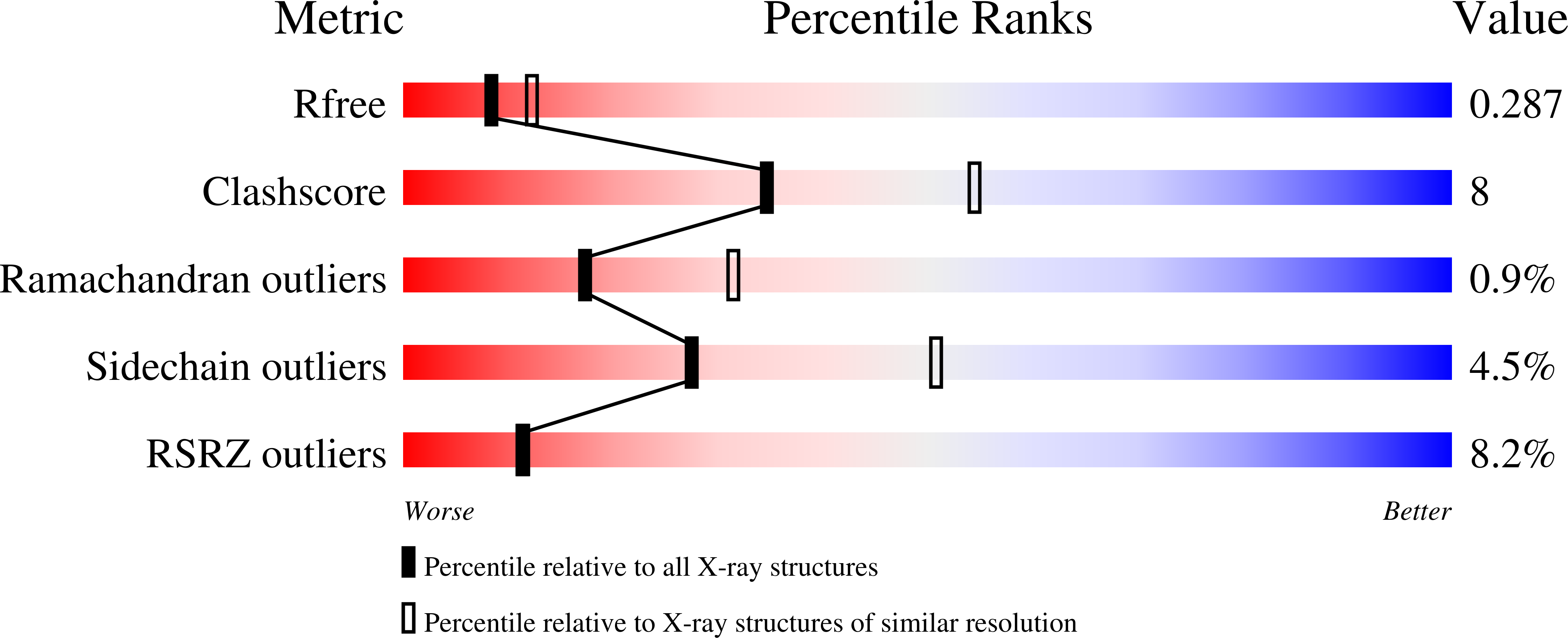
Deposition Date
2008-09-01
Release Date
2008-10-21
Last Version Date
2023-08-30
Entry Detail
PDB ID:
3ECP
Keywords:
Title:
Crystal Structure Of Tn5 Transposase Complexed With 5' Phosphorylated Transposon End DNA
Biological Source:
Source Organism:
Escherichia coli (Taxon ID: 562)
Host Organism:
Method Details:
Experimental Method:
Resolution:
2.50 Å
R-Value Free:
0.27
R-Value Work:
0.21
R-Value Observed:
0.22
Space Group:
P 65 2 2


